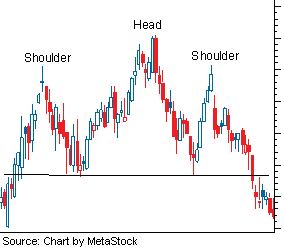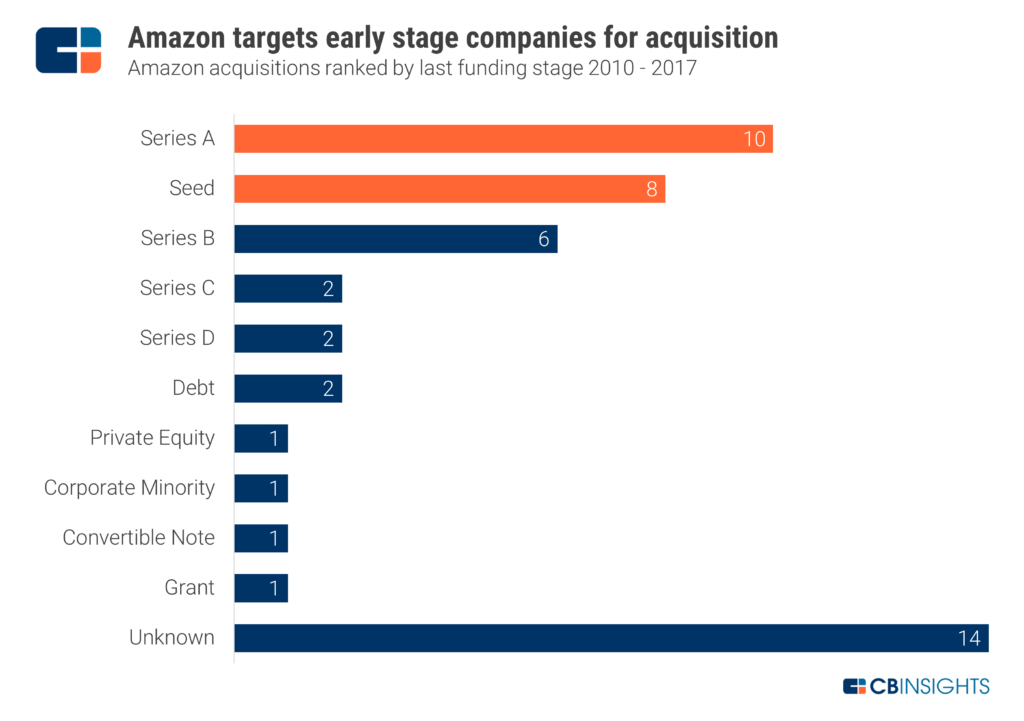Strengths and Weaknesses of Fiscal Policy
Azi in istorie

The effect is that the increase in disposable income is moderated. It is the sister technique to financial coverage via which a central bank influences a nation’s money provide. These two insurance policies are used in various mixtures to direct a rustic’s financial objectives. Here’s a take a look at how fiscal coverage works, how it have to be monitored, and the way its implementation could have an effect on different individuals in an economic system. Monetary policy increases liquidity to create financial development. But, changes in the direct taxes and government spending often require time to be executed.
- As I said it is more of determination making (the place to spend and earn) and monetary coverage is administration of expenditure and revenue.
- If the nation’s currency becomes stronger due to the monetary policy of the central bank, then it hurts the exporters while helping the importers.
- Contractionary fiscal coverage, however, is a measure to extend tax charges and reduce government spending.
- The impact takes time to feed through the circular flow – but the time lags are also variable – contrast higher welfare payments with long-term infrastructure spending.
The goal of monetary policy is to influence the macroeconomy more than to make it possible for specific people to come into power. However, It can be difficult to cut public spending (or increases taxes) for political reasons. This is why most economies have relied on monetary policy for the ‘fine-tuning’ of the economy. The principal aim of fiscal and monetary policy is to reduce cyclical fluctuations in the economic cycle. In recent years, governments have often relied on monetary policy to target low inflation. However, in recessions, there are strong arguments for also using fiscal policy to achieve economic recovery.
Consumption
The British government relied on the classical theory of economy, hoping that the economy would return to its normal state of equilibrium after the depression on its own. He argued that once an economy has reached that downturn level, a rise in fear and gloom from businesses advantages and disadvantages of fiscal policy will cause an extended period of depressed economy and unemployment. This is sometimes referred to as the Fed’s “dual mandate.” Most countries separate the monetary authority from any outside political influence that could undermine its mandate or cloud its objectivity.
It happens when government deficit spending is lower than ordinary. On another side, fiscal policy also aims to slow down an overheated economy by lowering its spending or increasing taxes, thereby weakening aggregate demand and avoiding hyperinflation. When the economy is overly active and inflation threatens, it may increase taxes or reduce spending. However, neither is palatable to politicians seeking to stay in office. Thus, at such times, the government looks to the Fed to take monetary policy action to reduce inflation.
Contractionary fiscal policy involves lowering authorities spending, growing taxes, or a mixture of the 2 so as to decrease combination demand and sluggish economic progress to scale back inflation. In precept, stabilisation can also end result from discretionary fiscal coverage-making, whereby governments actively decide to adjust spending or taxes in response to changes in financial exercise. Both expansionary fiscal policy and contractionary fiscal policy use taxes and authorities spending to change the extent of combination demand to stimulate financial growth or control inflation. Expansionary fiscal policy includes rising government spending, decreasing taxes, or a mix of the 2 so as to improve aggregate demand and stimulate financial development. Monetary coverage majorly offers with cash, foreign money, and interest rates.
What is the difference between fiscal policy and monetary policy?
As I said it is more of determination making (the place to spend and earn) and monetary coverage is administration of expenditure and revenue. Per Keynesian financial concept, each government spending and tax cuts should increase combination demand, the extent of consumption and funding in the financial system, and help reduce unemployment. Fiscal policy is the means by which a government adjusts its spending levels and tax rates to monitor and influence a nation’s economy. It is the sister strategy to monetary policy through which a central bank influences a nation’s money supply. When a nation’s economy slides into a recession, these same policy tools can be operated in reverse, constituting a loose or expansionary monetary policy.
Snapshot: advance pricing agreements in Taiwan – Lexology
Snapshot: advance pricing agreements in Taiwan.
Posted: Mon, 07 Aug 2023 06:41:30 GMT [source]
Strengthening or weakening aggregate demand ultimately affects the level of economic activity. Budgets are often created on projections and if incoming revenues don’t meet those projections, eventually services need to be cut. Often, the effects of fiscal policy aren’t felt equally by everyone. Depending on the political orientations and goals of the policymakers, a tax cut could affect only the middle class, which is typically the largest economic group.
Types of fiscal policy
During a recession, the government may lower tax rates or increase spending to encourage demand and spur economic activity. Conversely, to combat inflation, it may raise rates or cut spending to cool down the economy. Economics Online says the advantages of fiscal policy include that it can keep businesses afloat when household spending on consumer goods declines. Spending on military projects or on infrastructure can produce positive benefits besides economic growth. A successful stimulus program can reduce unemployment and poverty. Monetary and fiscal policy tools are used in concert to help keep economic growth stable with low inflation, low unemployment, and stable prices.

GDP represents the value of all final goods produced in an economy. This equation reveals how the government controls and influences economic activity by increasing or decreasing tax rates and the citizens’ consumption and spending to regulate inflation. It wasn’t until the early 1930s, during the great depression, that new fiscal policy ideas emerged. Before then, it was generally accepted that the only appropriate fiscal policy the government could adopt and use was to maintain a balanced budget.
The Advantages of Expansionary Fiscal Policy
These are the pros and cons of monetary policy to consider when studying macroeconomics. However, in some circumstances, monetary policy has its limitations. In serious recessions, a combination of the two policies may be needed. To reduce inflationary pressures, the government or monetary authorities will try to reduce the growth of AD.
- Deflationary fiscal policy is highly politically unpopular.However, in some circumstances, monetary policy has its limitations.
- Fiscal policy involves the government changing tax rates and levels of government spending to influence aggregate demand in the economy.
- Having a small amount of it is actually healthy for a growing economy because it encourages investment activities.
- These include aggregate demand for goods and services, employment, inflation, and economic growth.
- This fiscal policy will increase financial activity as companies improve manufacturing, hire extra workers, and improve investment.
Long-term stimulus spending can also crowd private investment out of the market. Servicing the debt can consume a large part of later government spending, handicapping its ability to tackle other problems. St. Andrews School says one of the benefits of fiscal policy interest-rate adjustments is that they escape some of the cons of stimulus spending.
One example is the progressive tax system, which disproportionately raises the tax rate on those generating higher incomes. As personal wages shrink during a recession, taxes collected through this system help cushion losses in consumers’ purchasing power, keeping more spending money in the hands of consumers. In a nutshell, Keynes believed that the government’s budget should be in deficit when the economy is slowing and in surplus when economic growth is booming (usually accompanied by inflation). Under this policy, government expenditure is limited depending on the taxes collected. Since it’s not easy to know how much tax collection will yield annually, governments forecast future taxes to make economic plans.
It occurs because when the marginal propensity to consume is less than one, any decrease in disposable income due to higher taxes reduces spending by a lower amount. Fiscal policy, in general, is a government’s strategic plan for running the economy in the short, medium, and long term by prioritizing spending, borrowing, and taxation. As an economy moves through cycles of boom and recession, and as different leaders and political parties move in and out of power, fiscal priorities change and adapt.
Most central banks are politically neutral, which means the election cycles do not influence the decisions which are made for the economy. Unpopular actions are therefore possible to take before or during an election because there is zero political fallout from the activity. This advantage does not apply to state-run central banks who can oust the leadership of the institution when a different party comes to power.
In a recession, monetary policy will involve cutting interest rates to try and stimulate spending and investment. If we use fiscal policy, it will involve higher taxes, lower spending. The advantage of using fiscal policy is that it will help to reduce the budget deficit. When the new coalition government came into power in May 2010, they argued the deficit was too high and then announced plans to reduce government borrowing.

Expansionary fiscal policy is usually characterized by deficit spending. Deficit spending occurs when government expenditures exceed receipts from taxes and other sources. In practice, deficit spending tends to result from a combination of tax cuts and higher spending.

